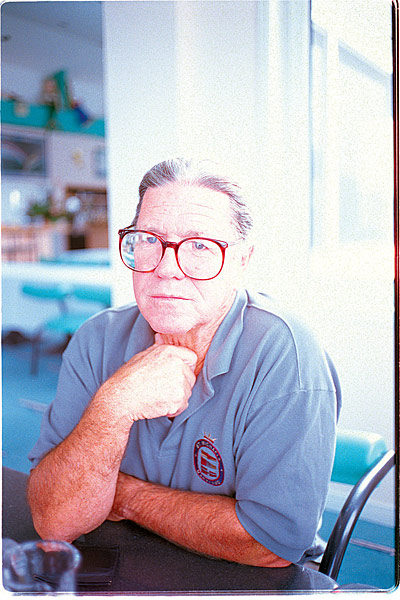
Hoyle and Diane Schweitzer were motoring around the world when I boarded their yacht on the shores of Georgian Bay, about 2 hours north of Toronto. For the past three years, the co-inventor of windsurfing has been riding the whim of adventure in a self imposed exile aboard his yacht Pailolo, meaning “to rise above the turbulent waters.” Quite appropriately named since
Hoyle Schweitzer did walk away from windsurfing a rich man, and did rise above the turbulence of his creation. His exile had moved him so far from windsurfing that the probability of locating Hoyle, let alone receiving permission for an interview, was so low that it had not even been considered after discovering the original paper prepared by Jim Drake. Had it not been for my good fortune of meeting his son Matt, on Maui (A remarkable story in itself, see here) my windsurfing history lesson would have been only half complete.
Advertisement
Since closing down their Windsurfer® brand company in 1988, Hoyle and Diane Schweitzer have moved far from the boundaries of our windy passions. Nevertheless, their hospitality was quite evident as I invaded their encapsulated lives with past memories of what may have been unpleasant times.
Yet today, in the presence of this man who might have been despised in earlier times because of a “heavy handed” licensing discipline, Hoyle Schweitzer, ten years later, is completely gracious.
Thought credit may be given to both Drake and Schweitzer for the invention of the sport, it was really Hoyle and Diane Schweitzer who gave life to the new sport of windsurfing. Their vision, energy and fervor remains one of the most underrated achievements of our times.
On this day, in Georgian Bay, the rumination of their travels have come to a turning point. The two native Californians have perhaps found their “Golden Pond” and have impulsively purchased an island to begin building some log cabins on this serene Canadian lake. And on this day, I have also seemingly come to an end in this magical mystery tour concerning the origins of windsurfing, or have I?
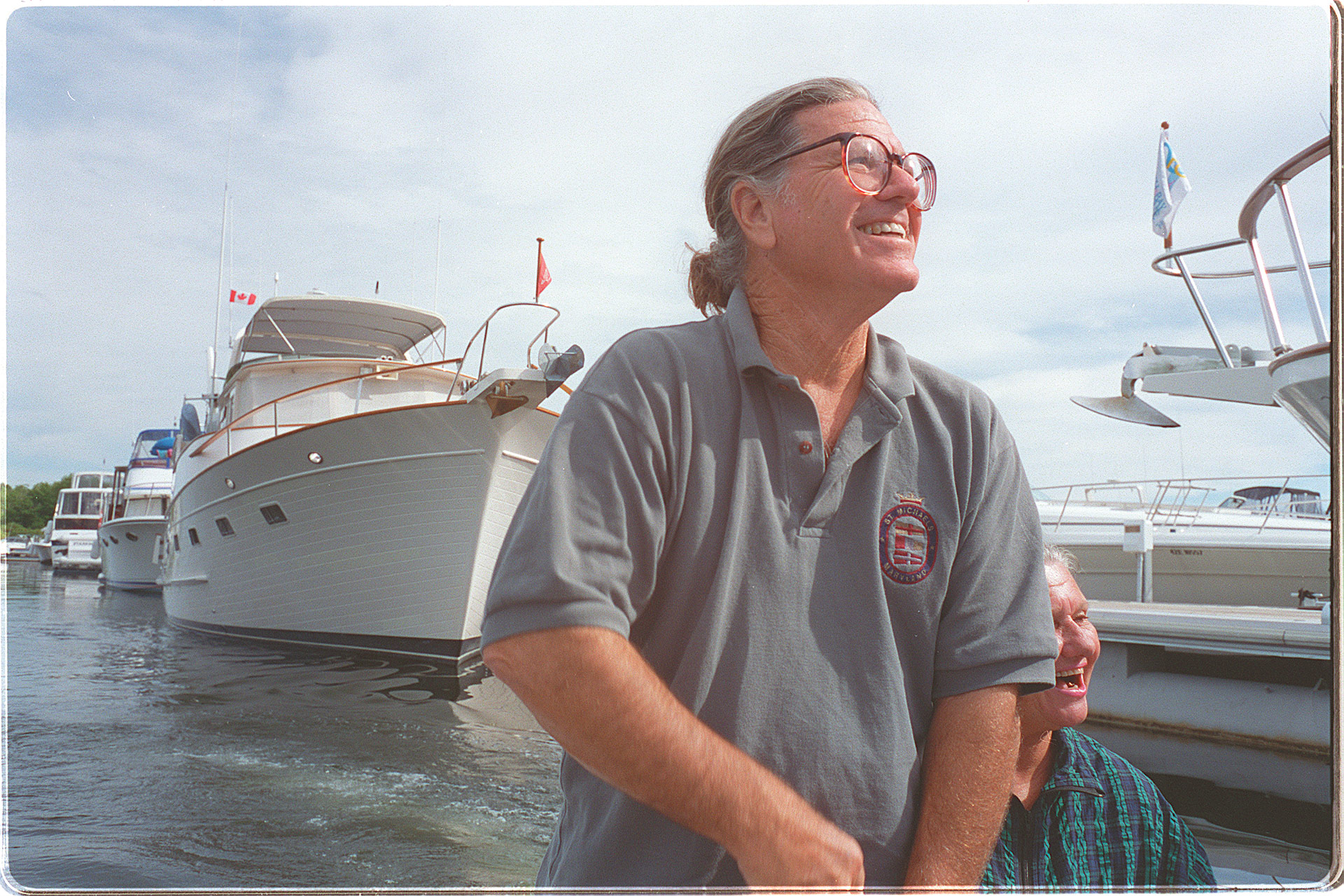
AMERICAN WINDSURFER: Give me a summary of what you feel like you contributed to the sport, what Jim [Drake] did, and some of the people that stand out .
HOYLE SCHWEITZER: Well, of course we have a difference of opinion as to how the sport started. I tend to think that it was more of a group of people talking and just two of them acted.
AW: That was you and Jim?
HS: Right. Out of a group of people, only two acted. And we sort of went in partnership on that. Whether he contributed more or less…
Diane Schweitzer: Let’s put it this way, it probably wouldn’t have happened without either one of them.
HS: Anyway, I probably had a little aggressiveness that kept things going, in the business, and I like business very much, I like the excitement of it. I guess my aggressiveness may have enabled things to happen, but it’s really more the fact that there were literally hundreds of people at that time, just almost immediately, hundreds of people there trying to promote the sport, trying to help, designing their own products, doing whatever. It’s not one person’s contribution.
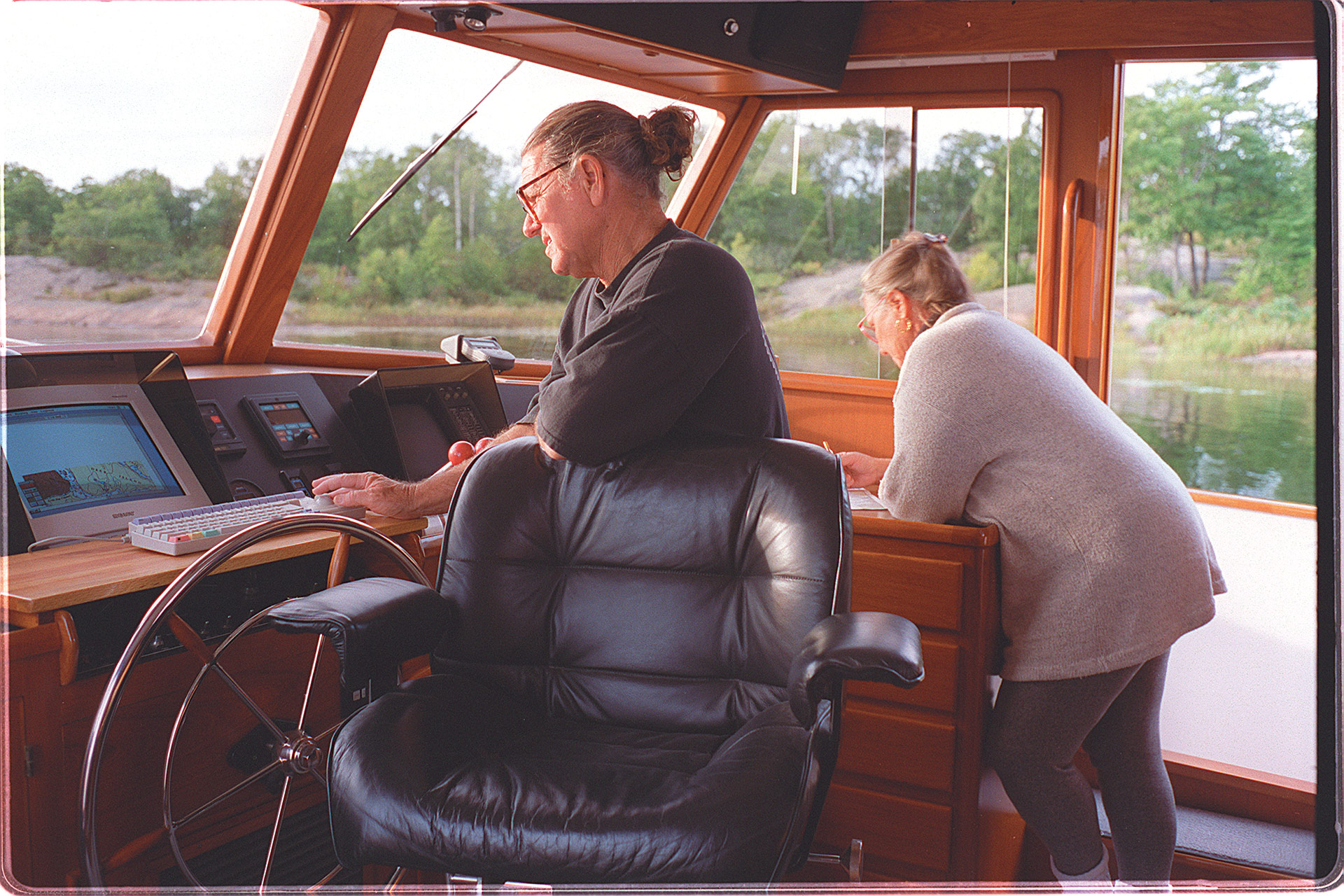
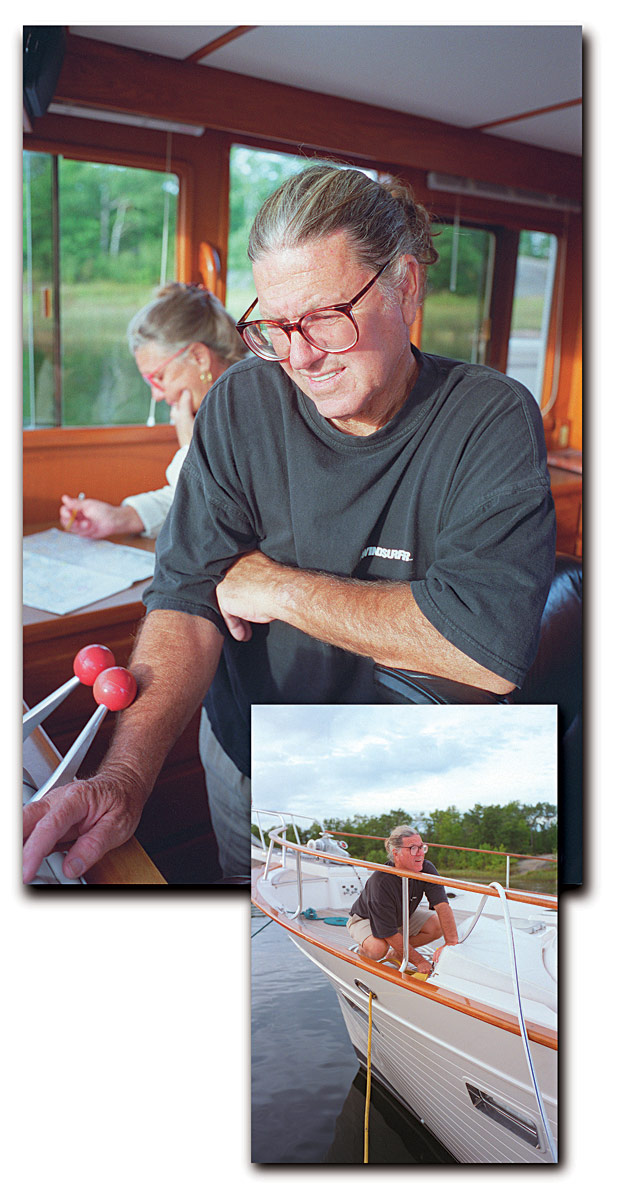
AW: Jim was saying that you were the marketing guy…
HS: I’m not a marketing guy.
AW: Then you’re saying really, that Diane was?
HS: Well, I think the two of us worked together well. We always have, on everything. In fact, just prior to the Windsurfer we were in our little computer company that has been, I think, very successful.
AW: What makes you two work so well together?
HS: Maybe you oughtta answer that Diane.
DS: Probably respect.
HS: We also make things fun. I think that’s really important. But, whatever you do, if it’s not fun, you’re not going to do it very long. Certainly with boardsailing, I think we were in it to the very end, we were in it for the long run. We were always looking ahead 10, 20 years. Hoping that our contribution, whatever it was, would have some long-lasting effect. And Diane felt that about the relationship with women in the sport, and about the [Windsurf] magazine, [that she published] and about our employees. I think I tended to be more interested in projects…
DS: We complimented each other well.
AW: Well, from my interview with Jim, it was clear that he basically came up with the idea of the invention, you know, the nuts and bolts. He attributed you as the person who really believed in the thing. You saw the vision, you saw what was possible. He didn’t. And without you, it would not have…
HS: I don’t know. I have a different view of that.
AW: Tell me.
HS: I have a view that he was involved in something really exciting. I mean really exciting, at that time.
Advertisement
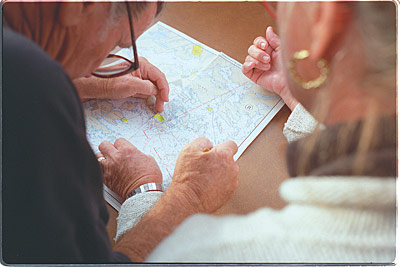
AW: You mean his career?
Aboard the “Pailolo”, the Schweitzers chart their course in search of new challenges and lessons of discovery.
HS: His work, yes. He was doing things that were high adrenaline stuff, and I wasn’t. Diane and I started this computer company, and I’d done what I set out to do, so I had a gap [when windsurfing came along].
DS: The solid truth is that you’re a risk taker and love it. He’s not a risk taker.
HS: He also had a really exciting career there. That’s why these things happen. He shouldn’t shortchange his own success. He shouldn’t look back and have second thoughts about that, I don’t think…
DS: Well, you have to make a choice sometimes. The road goes along, and it splits.
HS: That’s part of the reason, in retrospect, he may wish he had had more faith in what was ultimately going to happen. But then, a lot of the things that happened so quickly were the result of other people. A lot of Europeans entered the scene very quickly and took the ball and ran with it. So, I don’t know, I did have some, enough faith to buy his share of the patent.
AW: You bought his share for $36,000?
HS: Yes. At that time it was a lot of money for us. That was like $360,000 today. Jim was ecstatic about it at the time, but as the thing took off I can see why anyone would feel bad. But we had no idea ourselves and were just trying to clarify major issues in the company.
AW: He mentioned that you were quite athletic and you picked it up quite quickly. He also mentioned that you made him famous. [chuckle]
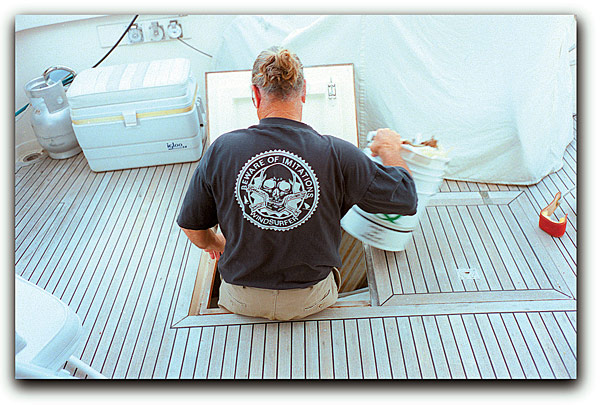
HS: Well, there was a lot of antagonism there for many, many years. In the early years, there were certain people that should speak for boardsailing. The story of the invention was just overblown. It shouldn’t overshadow other aspects of it. Especially in Europe, the focus was too much on Jim Drake and Hoyle Schweitzer and not enough on some of the local people there that had taken right turns with their lives and helped get the sport started.
The story of the invention was just overblown. It shouldn’t overshadow other aspects of it. Especially in Europe, the focus was too much on Jim Drake and Hoyle Schweitzer and not enough on some of the local people there that had taken right turns with their lives and helped get the sport started.
AW: Tell me the story of how you guys met first, and then…
HS: Yeah, it’s sort of sad because it’s about the only time in my life where business has ever broken up a friendship. And it wasn’t really business, I guess, there was something else going on there. To this day I feel that a lot of our conflicts, between Jim and I, were the result of Uli Stanciu (at the time, publisher of the German SURF magazine) and a lot of the people in Germany sort of creating this… they liked conflict. And they created it in order to sell magazines.
AW: You know, I’ve heard about the thing in Germany how the publishers made the battle between Jim and you.
HS: Also between the Windsurfer® and Mistral. It was very big between the Windsurfer® brand and the Mistral brand. They loved that conflict.
AW: My sense of it is that you always came out on the bad side. You’re portrayed as the bad person.
HS: [laughing] Well, it’s my own fault. That’s my response.
AW: How so?
HS: Well, I don’t know, I’m just like that.[laughing]
DS: Strangely enough John, you’re about the only person in the media that Hoyle’s ever been very civil to. Other than his wife!
AW: So, you created this mystique around yourself?
HS: Well that has to be it. Some character actors make their living by being bad guys! [laughing] I don’t hold any animosities about that.
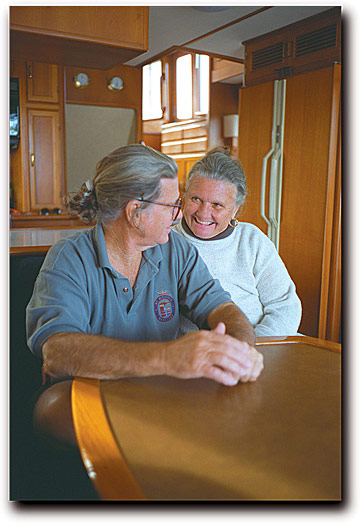
DS: He had a tougher skin than I did.
HS: Yeah, I think Diane would tend to get upset about it, but the things that upset me were different. They had nothing to do with our leaving the sport or anything.
AW: So in the early days, let me take you back a little bit, the whole family was involved?
HS: Oh yeah. That was fun.

ON GOLDEN POND: After three years of cruising, Hoyle and Diane discovered the siren songs of the irresistible southern Canadian woods.
AW: You got everybody doing it. Tell me about the trials and tribulations of what you went through as a family to get the product out there.
HS: I don’t think we went through any trials and tribulations.
DS: Probably, Matt’s been telling you that he had to catch fish for us because we were starving. Has he been giving you that story?
AW: [laughing]
DS: I have to say it was a very over exaggerated story. Although, we were poor sometimes.
HS: Yes we did struggle sometimes, but struggling is fun. When I look back on it, I didn’t think it was especially any hardship.
DS: When you’re young, those things are easier to do.
AW: But there’s certainly a tremendous level of uncertainty with what you were doing. There was just no guarantee.
DS: There’s never a guarantee.
HS: Two or three…
DS: Two or three sailboards out, and that’s all.
HS: One Windsurfer® though.
DS: That’s true.
AW: Matt and Shawneen [Schweitzer] were telling me that maybe they were considering bringing back the old Windsurfer® board. What do you think about that?
HS: The?
AW: The Windsurfer® label into the U.S.
HS: Oh yeah, it would be great.
AW: So how do you feel about all of this? After all, it’s your baby.
HS: I don’t know, I don’t feel that way about it.[laughing] That was part of our life, and we’ve gone on, I think. And unless, you feel like it’s your baby anymore [to Diane]?
DS: No. It was very tough for me in the beginning to sever that portion of my life, but it’s beyond me now.
AW: Now did you sever it because it was just causing you too much pain?
HS: Oh no. No, I don’t think so. You just do your thing and then you move on.
DS: And it was costing us so much money every day we opened the door, we finally had to, you know…
HS: Yeah, but at the same time, we were getting license fees. So, we were involved in the sport, and we could see that the license fees would come to an end when the patents came to an end, so we couldn’t afford to keep the doors open anymore. When that became evident, we closed down. And, as I say, I know firsthand that…
DS: And the Class was failing, which was sick. I invested a lot of emotion in the Class. And that was very difficult. And the magazine. That was emotional too. I put out the first issue of that, so to speak, in 1971 I think.
HS: But I don’t think that we were ever bitter… gosh.
DS: We had a lot of fun. It was wonderful.
HS: It was just time to go on and do something else. We have a shopping center in Huntington Beach with good tenants, ClothesTime, Gap, Blockbuster and now Big 5.
DS: Know anyone who wants to buy a shopping center?
AW: [laughing] Nooo, but we have a classified section in our magazine!
HS: So, we’re going to do a lot of rock work on the property here in Canada, with the local rocks, because that’s the way everyone does it. Anyway, we busied ourselves, and I spent a couple of years trying to manage a portfolio where I’d make decisions, and I was fairly successful, but it wasn’t enough, as I was telling Will Durant who I was speaking with on the phone when you came in. He had sold his business and restored a couple of boats and built a house and now he’s back full tilt, running a business again. And, it’s pretty exciting. That’s probably the truism that everyone misses, either you’re doing something and you don’t have time for anything, or you have too much, there’s nothing really in between.
AW: Do you ever see yourself coming back into the sport?
HS: No. Into boardsailing? No, absolutely no. I’ve done my thing.
AW: Diane, do you see yourself coming back?
DS: Oh no. Over my dead body. You’d have to kill me before I’d go back. I’m only kidding, I’d go along with anything Hoyle did.
HS: As long as you keep learning, I think it’s a fair substitute for being in business. Not perfect. We’ve learned a lot about boating. I think we’re going to learn a little bit now about log cabins, about building, about living in the winter.
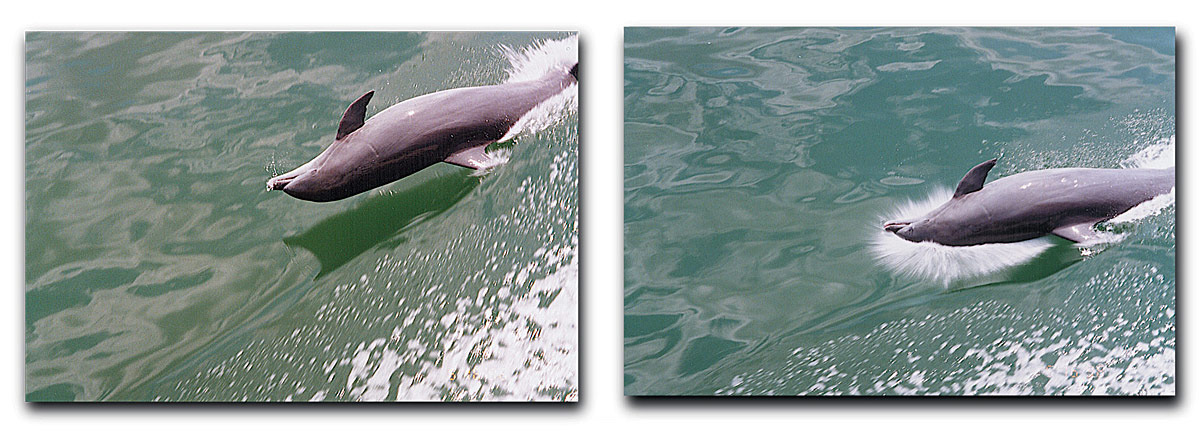
AW: Is there anything about the sport that you miss?
HS: Well, I wish I were younger. If I were younger I’d sail more in the waves. I love sailing in the waves. If I were younger I might compete if there were regattas, but, I’m sort of an old stick in the mud. I believe in one design and I believe in one design racing whether it’s sailboards or boats, or cars.
AW: Tell me about all of the lives that you’ve probably changed.
HS: We haven’t changed, boardsailing has changed. The sport has changed a lot of lives. Gosh, lots of them. You know, I hesitate to begin.
DS: Sometimes I feel maybe it was not for the better [laughing], but generally I’m sure it added some depth to people’s lives.
HS: Certainly, Glenn Taylor, his life changed because he was essentially full time after boardsailing came around.
DS: People like Mark Robinson, he was a young person, and it gave him direction. Or Cort [Larned] or Rhonda [Smith-Sanchez]. I mean these people were at a very impressionable age in their lives, young teenagers, and from middle teenagers probably weren’t even thinking about what direction their lives had taken, it just kind of segued into…
HS: Or Mike Waltze. Hundreds. There’s just too many for us to mention, and we don’t know lots of them.
AW: Millions of people.
HS: Yes, literally.
AW: This sport has a way of just changing your life. Have you ever figured out what it is that changes people’s lives? It’s just so addicting? Or what is it? It’s so terrifying or so exciting?
HS: We were just talking to someone about snowmobiling, and clearly the person with the most enthusiasm is someone who’s been doing it from the beginning, when equipment was not as good as it is now. So, I feel, if I understand your question right, that people that are involved that are early adopters are more likely to change their lives than people that come along later. That’s all. There’s probably a great randomness to it. You have one or two great experiences, and it changes your life. But, it’s more likely to happen when you’re one of those early people.
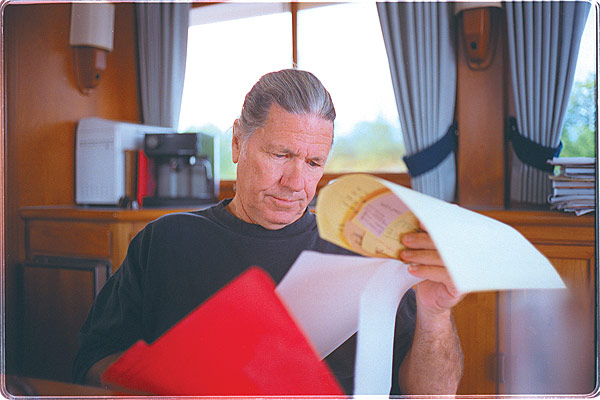
AW: I don’t know if I agree with that. I have met several people that just recently got into the sport and moved to Maui or are doing something that is just totally different.
HS: But you see, that may be that they consider themselves early adopters.
AW: [laughs]
HS: Seriously, it may be starting back.
DS: Talk about early adopters, I could name people that we have totally lost track of, but the interesting thing was, so many of these early adopters were people with German names. I don’t know why. People like Helmut Seufert, who lived in Lomita. It’s strange.
HS: Walter Schneppershoff.
DS: Who was the doctor in San Diego? How many German people, I mean in this country. Very interesting. I don’t know what to make of this.
AW: Well look at your name, Schweitzer is a German name.
HS: That’s true, I don’t know if that has anything to do with it, maybe.
DS: In the early years, I could go down a list of boat owners that we had, and it was just, it just jumped out at you that there were so many, in fact just in the United States, that there were so many German names. Germans are great travellers and they’re great athletes.
AW: Technically oriented. There’s a lot of engineers in the sport, we’ve discovered.
HS: Yes, yes. A lot of engineers.
DS: It also seems like there are a lot of doctors. We never could figure that out. Except for the fact that they were affluent enough to try something that might be a risk. It might not work out for them, but there were a lot of doctors.
HS: We had one experience that typifies the people that got hooked on the sport. We were at the Newport RI boat show, and a couple of guys kept walking by our booth, and they’d turn around and walk by again.
DS: It was just the two of us working the booth, and either one of us would be in the booth and the other would be on the water demonstrating. So, there was always one wet person in the booth.
HS: But anyway, these guys really felt a little bit shy to say the least, because they thought it probably was a gimmicky thing.
DS: These were establishment people.
HS: Yes, very much sailors. These are heavy duty sailors, Steve Lirakis and Fud Benson. And, they said, “Let’s go out after you close down, give us a chance to try this. You show us how to do this.”
DS: “But not right here at the show,” they said.
HS: It was actually that afternoon. I think we even loaded the stuff on their car, but if not we traipsed a couple boards, or one board, down to this little cove where no one could see them. And it was just like this, except there were gusts coming through. Really nice gusts. I was about this deep in the water, so I just went like this, and got a big gust and went, woosh, like that, big long board, big show off. Their eyes just got this big because they’re standing right next to me now, I could just see it. I knew right then that they were hooked. It was that simple. They hadn’t even tried it themselves yet. They hadn’t of course suffered the frustration, but that one little concept of making it so easy, just standing on it and whoosh. Which isn’t always that easy, and they worked at it that afternoon until they were sailing. That simple. And it hooked them. Bang. So I guess, how do you repeat that enough times, so that you get people hooked?
I don’t have an answer.

